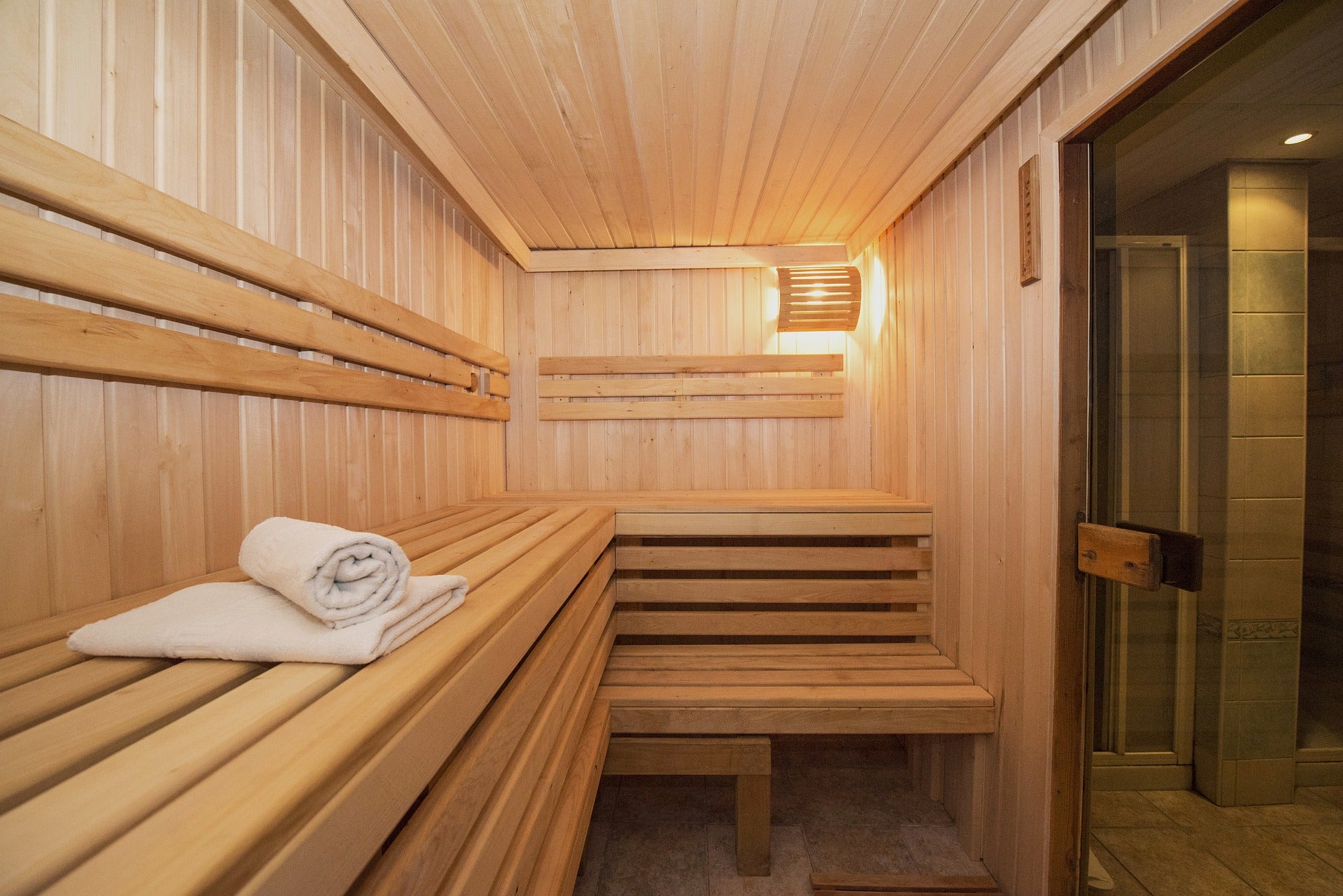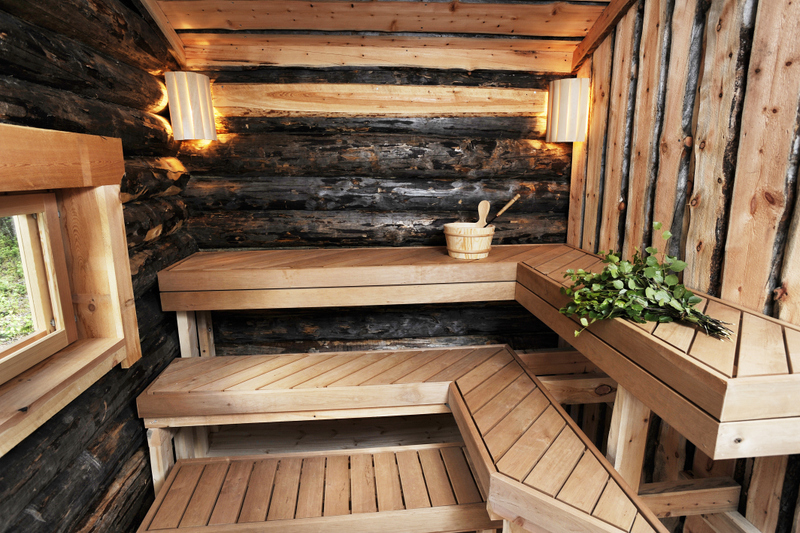A Biased View of Traditional Sauna
A Biased View of Traditional Sauna
Blog Article
A Biased View of Traditional Sauna
Table of ContentsThe Best Guide To Traditional Sauna3 Easy Facts About Traditional Sauna DescribedUnknown Facts About Traditional SaunaWhat Does Traditional Sauna Mean?Fascination About Traditional Sauna
Most of the weight lost in a sauna is water loss and is re-gained upon rehydrating. Without an uncertainty sauna can be an essential component of a healthy weight loss program. To take a look at the differences in between conventional and IR saunas, I will divide these right into proven, theoretical, and fabricated differences.Thus, the best factor in the saunawhich is at the ceiling directly over the sauna heateris generally between 185 and 190 F. Claims that a typical sauna goes beyond 200 F is just not real and not suitable for electrical saunas sold in the US. The temperature level for a far-infrared sauna is normally set in between 120 and 140 F; however, unlike the standard sauna, the objective in and IR room is not to accomplish a high temperature level.

When a traditional sauna has actually been correctly heated up, the sauna walls are warm, the air temperature has achieved established temperature and the rocks are very warmed. As a fascinating side note, the warmed wall surfaces and the rocks are releasing far-infrared warmth, combined with the heated air, to produce an "covering warm".
All about Traditional Sauna
When the high temperature is accomplished, the components cycle on and off to keep the high temperature. A lot of traditional sauna users appreciate pouring water over the rocks to develop steam to elevate sauna moisture degrees. The benefits of pouring water over the rocks consist of: making the space a lot more comfy, dampening the nasal flows, and enabling the usage of aromatherapy by blending vital oils with the water.

When the energy gets in the body, it triggers the body temperature level to enhance and eventually causes perspiration. In an infrared sauna it is essential for the emitters/heaters to stay on almost frequently. Given that there is no mass of rocks to keep warm, the sauna will cool if the emitters shut down.
Unknown Facts About Traditional Sauna
As pointed out above, the sauna bather in an infrared area intends to position himself before operating emitters to obtain maximum take advantage of the heat. The home heating time for the two areas can be extremely various, depending upon exactly how the rooms are made use of. For a typical sauna, a bather needs to allow 30-40 mins for the space to attain a preferred temperature level and to appropriately pre-heat the rocks.

A well built sauna will commonly achieve a temperature of 150-160 F in about 30-40 minutes. For hotter temperatures, the space might require to heat for a longer period.
To some, 15 minutes was "wasted" while the infrared power heated the timber panels as opposed to warming a body, while others discover a pre-heated space to be more comfy and believe an elevated starting temperature level is needed to start sweating. The size of advised usage for every space is around the very same (10-15 mins per session); nevertheless, because of the lower air temperatures and the ability to feel the effects of infrared heat much faster than a traditional sauna, it is not uncommon for an individual to invest an overall of 20-30 minutes in an infrared sauna.
Some Known Facts About Traditional Sauna.

The typical cost per kWH of electrical power in the united state is approximately $0.11, so a 4.5 kW heating unit will content certainly cost roughly $.50 to compete one hour, if the heating system runs continuously for one hour. Commonly a sauna heater will compete 75% of the first hour and 50% of succeeding hours on given that the elements cycle once the set temperature is attained.
A 2 individual far-infrared room is usually physically smaller than a typical sauna, often regarding 4' x 4' or smaller. The IR furnace is commonly 1.5-1.7 kW using a 120 volt 15 amp plug-in solution. Because the room can be made use of quicker than a sauna area, we will assume the room is used for to of an hour including warm up time.
Lastly, there is a hardly ever discussed distinction in the social experience between both areas. While our society has shed several of the social advantage of the standard sauna experience, it you can try these out can be very socially gratifying (Traditional Sauna). From household time in the sauna, to heart-felt discussions with better halves, to sauna partiesthe standard sauna experience can result in intimate mingling
The Ultimate Guide To Traditional Sauna
A lot of higher end infrared spaces consist of colored light treatment, sound systems and full-glass fronts.
Report this page